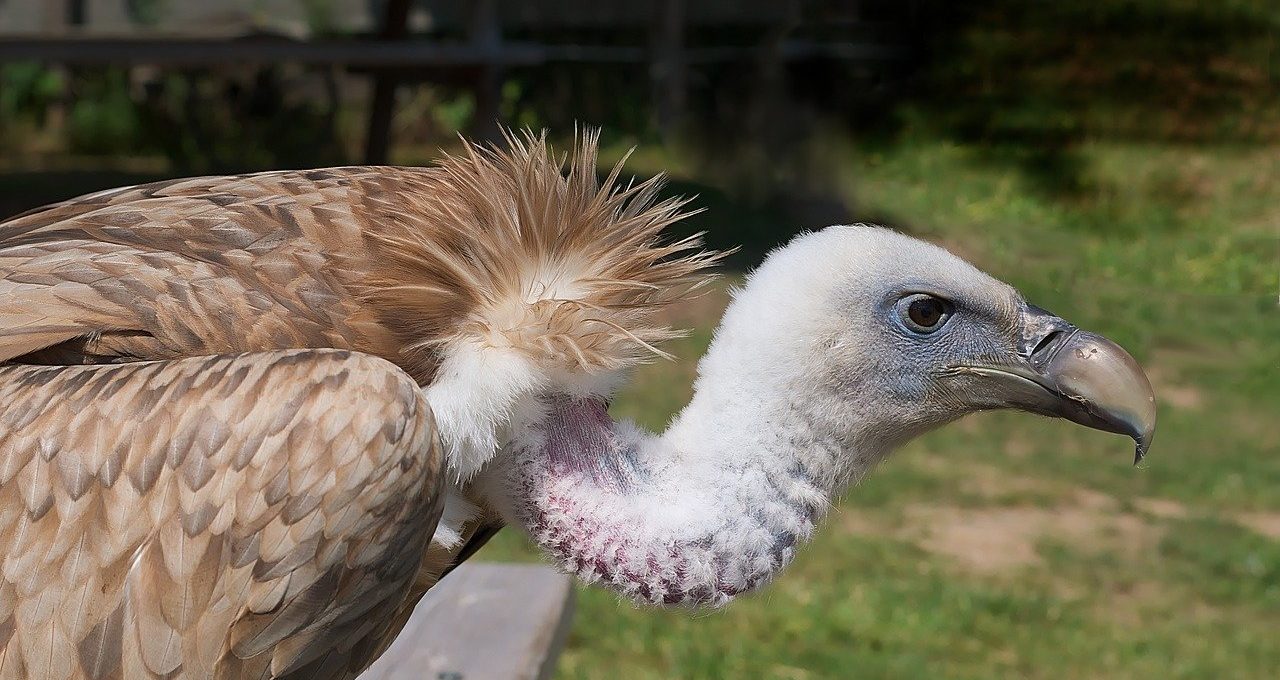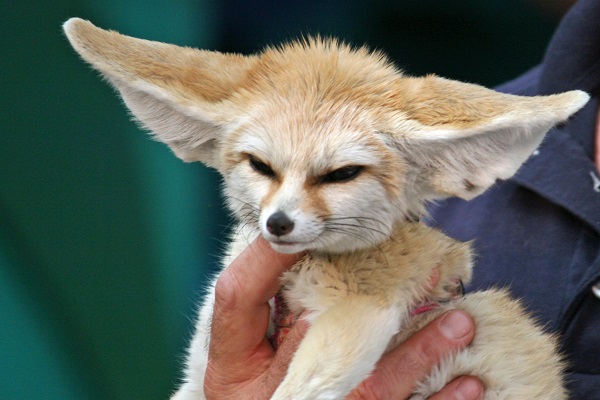Self-defense is big business. You may have learned boxing, jiu-jitsu, krav maga, and dozens of other fighting styles. You may also want to invest in tools that range from telescopic batons to stun guns and high-powered rifles. If you want to protect yourself, the sky’s the limit. Animals, on the other hand, have far fewer at their disposal. Most rely on their ability to run or hide, and those who do fight usually just use teeth and claws. But every now and then, an animal comes up with a truly new way to defend itself.
10. Exploding ants explode on enemies
No one can tell you exactly how many ants there are in the world, and for good reason — how do you even know? Even estimates can be pretty wild, but some suggest around 100 trillion. Fire ants have painful stings, and bullet ants are legendary for the paint their bites inflict. But even among ants, you have to give credit where credit is due. exploding ants when it comes to self-defense. Their name makes it clear that these little things are on a whole new level.
Found in the trees of Borneo, these ants respond to threats in the most dramatic ways imaginable. Ants , known as Colobopsis Explosion, capable tear their bodies apart , bending them so hard that they burst in a process that not only kills them, but also coats their attack with a sticky and toxic mixture of internal fluids. The process will either kill or disable the attacker.
9. Sea cucumbers shoot their entrails at enemies
Sometimes the best defense is a good offense. And the best offense is to be incredibly disgusting. Enter the sea cucumber and its vomit-proof method, which may not cause physical harm but at least psychologically traumatizes potential attackers.
Although some species do resemble cucumbers, sea cucumbers are classified as echinoderms. They are invertebrates, meaning they do not have a backbone like mollusks, worms, jellyfish, and so on. What they do have is a digestive system, and if threatened, they can push her straight out from his body to predators.
A shark can vomit its own stomach to clean it out and then swallow it again, but a sea cucumber doesn't work that way. Once those guts are out, they stay out. The animal can then simply grow new ones It takes a couple of weeks, but it's better than being eaten.
8. Bees cook wasps or resort to poop

Most of us don't need to be told how a bee defends itself. Bee stings are fairly well known, and they are the reason most of us don't steal honey from our hives like bears in the woods. What's less well known is what a bee must do when its sting is not enough to destroy an enemy.
Giant Asian wasps have become an infamous species over the last decade or two, thanks to the internet and its fascination with unusual life forms. These giant, terrifying insects are known to attack beehives, and only a few of them can destroy everything. They literally slice the bees with their mandibles, and a bee's stinger cannot penetrate the wasp's exoskeleton. So how does a hive respond to a wasp attack? They form super hot sphere bee power and prepare the attacker to death.
Bees swarm en masse on deadly wasps. Although the wasp will kill many of the bees, the hive can survive because the entire group works together to beat their wings and generate heat from the effort. They can raise the wasp's temperature to 118 degrees Fahrenheit, which kills it. Amazingly, bees are able to regulate this temperature so that it is hot enough to kill the wasp, but not themselves, which would happen if everything was just a few degrees warmer.
Some species of wasps have learned to avoid these heat balls by shooting drones outside the hive until there are no bees left to defend it. But bees have adapted to this, too. Beekeepers have observed honey bees collecting buffalo dung. They place it around the entrance to the hive, something they would never normally do. Dung is often dangerous due to pathogens and effectively repels wasps. Even when wasps try to attack a dung-protected hive, they spend on this on 94% less time .
7. Vultures spew projectiles when threatened

Many people think of vultures as rather ugly birds, with their bald heads and hooked beaks. They also seem rather unpleasant when it comes to their habits, as they feed on carrion and are most often seen up to their necks in rotten carcasses. They also coat themselves in their own waste to keep cool. Their highly acidic urine will lower their temperature as it evaporates, and it also kills bacteria. Perhaps unsurprisingly, their main form of self-defense is also extremely unpleasant.
When threatened, the vulture will force tear yourself out. That's pretty gross on its own. But remember, they're eating already rotten meat, so when they vomit, they're throwing up the nastiest filth you can imagine. Not only will it look and smell disgusting, it's loaded with the bird's extremely volatile digestive juices, which are so strong they can burn you.
These vomit sprays are also projectiles and can travel upwards 10 foot . And while all this makes it seem like these birds are miserable in every way, remember that they are providing a valuable service by cleaning up all this carrion, and we would probably have a lot more disease and bacteria spreading around if it weren't for them.
6. Crested rats cover themselves in poison
Humans are known for using ingenuity to get the job done, and there are several animals that display similar talents. Monkeys use tools, coyotes and badgers hunt together, and there are many ways to achieve a goal. When it comes to African crested rats, they do their best to protect themselves from predators by engaging in chemical warfare.
Rats have been observed chewing poisonous bark some trees. Once they have their mouths filled with toxic saliva, they wipe it on their fur, effectively creating a poison shield. This behavior does exist elsewhere in nature. There are species of poisonous toads that get their toxins from the insects they eat, but this is the only known mammal to exhibit this behavior.
Rats were initially thought to produce their own poison until a single rat was observed chewing the bark and wiping the toxins on itself. Researchers then captured some to keep under constant observation and many of them behaved similarly, although exactly why the rat itself is immune is not entirely clear. It may be thanks to their four-chambered stomach, full of dense bacteria, but that is not conclusive.
5. Spanish ribbed newts rip out their ribs and coat them with venom.
The Spanish ribbed newt has bug eyes and grows to about 9 inches long. In real life, they look a little cartoonish and aren't very intimidating, but that may just be the plot. When it comes to self-defense, few creatures are as tenacious as the ribbed newt. When threatened, the newt will freeze and rotate your own ribs inside your body from 27 to 92 degrees relative to the axis of the spine. The ribs emerge directly from the skin of the newt through fleshy warts and are then covered with a poisonous secretion.
In pop culture terms, the newt is like Wolverine, if he also poisoned his claws. There is no permanent opening to allow the ribs to protrude. The newt has to pierce one's own flesh every time he uses protection.
4. Blanket Octopuses Tear Poisonous Arms of Portuguese Man O'Wars
The ocean is full of strange and terrifying creatures that are more than capable of defending themselves in a variety of ways. From crab claws to shark jaws, you don’t want to mess with too many of the creatures of the deep blue sea. Some of the most fearsome creatures rely on a variety of debilitating and deadly toxins that can stop a predator, including humans, with surprising speed and efficiency.
The blanket octopus has developed a loophole to protect itself from fluff. Unlike the deadly blue ringed octopus , the blanket octopus does not produce potent venom. Instead, they steal weapons from Portuguese warship .
The man o' war, often mistaken for a jellyfish when it is actually a siphonophore, has dangerous stinging tentacles. They are not usually fatal to humans, but can cause blisters and welts and are strong enough to kill small fish. However octopus blankets insensitive . They rip tentacles from a warship and then use them as poisonous whips to attack or defend themselves.
3. Hoopoes use mud as protection
Many birds have a pretty decent array of defensive skills, chief among them the ability to simply fly away. Some birds are also equipped with dangerously powerful beaks and talons. But what about the smaller, more delicate ones? What happens when they encounter danger?
The Eurasian hoopoe grows up to a meter in length and weighs less than a deck of cards. They are not scary creatures. So to get ahead of predators, they smear their own eggs with secretions , which smell of rot , and they poop in all their nests.
Females coat themselves in a secretion that comes from a gland under their tail. Despite the smell, it is antimicrobial and makes their feathers more waterproof and flexible. Within six days of hatching, the babies Also can shoot feces against predators for their own protection.
2. Numerous types of larvae produce poop
Turtles, armadillos, and clams have a good defensive advantage thanks to their armor. Other creatures aren't as genetically blessed, so they have to get creative. Take the tortoise beetle, for example, which creates a shield from their own feces to protect themselves from attackers.
Many other types beetles do the same thing in their larval form as a means of defense before they grow their own hard shell. The strategy is incredibly ingenious, as it uses a resource that the beetle never experiences, and very few predators want to come near it. The tortoise beetle can even move its shield and attack potential predators with it like a weapon.
1. Bombardier beetles shoot boiling chemicals
Bugs are generally disliked by most people, and the fact that many of them bite or sting is a big part of that. But a bug that eschews such pedestrian attacks in favor of literally shooting scalding hot chemicals at you is terrifying in its own right.
Bombardier beetles are less than an inch long and may be the only salvation for these power plants. When threatened, their abdomens trigger a chemical reaction. Hydrogen peroxide is mixed with hydroquinone. The beetle has a small nozzle on its back that it can use to with astonishing accuracy shoot a predator. And you don't want to be on the receiving end of that blast.
The two chemicals together can irritate the eyes and respiratory system. Worse, the reaction creates heat, so not only is it irritating, but it literally boils when 100 degrees Celsius The beetle has enough chemicals to fire 20 times.














Оставить Комментарий